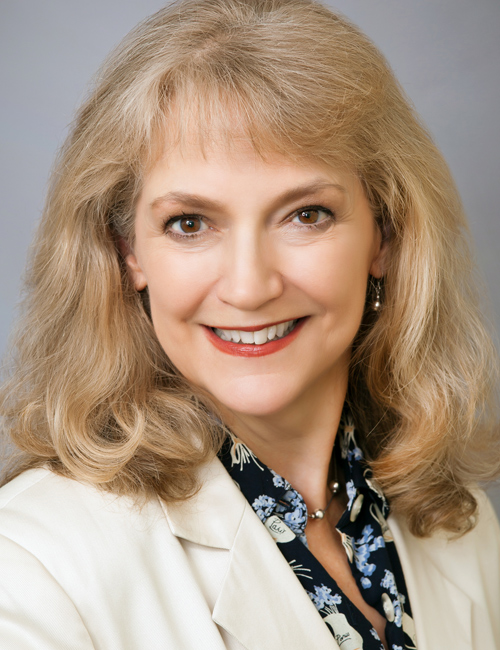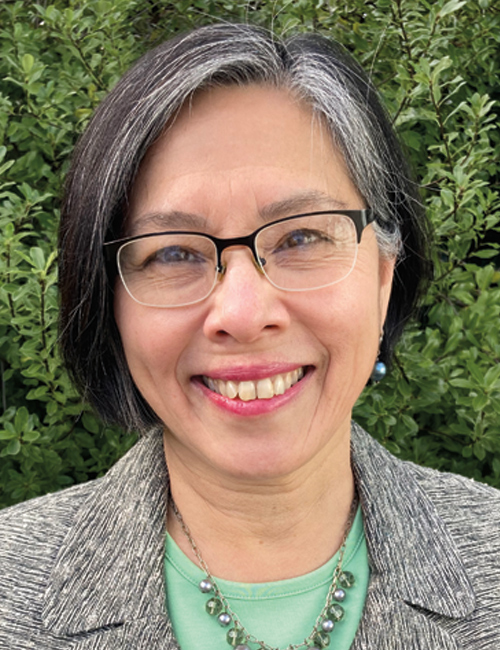



Dear BoardWise: What are best practices to engage our communities in a post-COVID environment?
Monika: Our turbulent recent past has taught us a couple of things that can inform how we identify community engagement practices that will aid us moving forward. Some optimistically term our present status as “post-COVID,” while others express that the coronavirus and its societal effects have become truly endemic and may be omnipresent in our future.
The specific issues our community has raised have changed over time, including concerns about distance learning deficiencies, objections to masking mandates and emotionally charged non-COVID-related curriculum issues, to name a few. The evolving nature of these hot-button issues illuminates the challenge of both strengthening and adapting engagement practices regardless of the specific flashpoint. Board members must be mindful that authentic community engagement is, at its core, all about relationship-building, and that the one-size-fits-all approach falls short when it comes to listening to, and truly learning from, our communities.
There are key elements of community engagement practices that serve this all-important goal of relationship-building. Empathy certainly tops the list, since it requires school leaders to earnestly seek to share and even vicariously experience another’s concern. This is different from merely understanding the issue being raised. Secondly, providing validation by way of honoring and acknowledging another’s feelings is critical, and much more valuable than responding with a data dump. Let’s resist the temptation to overshare facts and figures where sharing large amounts data would increase, rather than neutralize, the gap in understanding.
Further, building values-based frameworks for meaningful discussion can be a highly effective practice, even when parties bring different influences and experiences to the conversation. Accompanying that values-based frame for engagement is the often-overlooked practice of identifying and highlighting commonalities both parties may share, even if trivial. Are folks fans of the same NFL team? Do they share the same challenge of annoying garden pests? Is there a common bond of fandom for a streaming TV favorite? Finding commonalities can demonstrate that, despite differences, there is at least a possibility that shared points of view exist.
Bina: The COVID-19 pandemic impacted us all, though in different ways and to different degrees. I had the good fortune of working from home with no children in tow. As a senior, I needed to be extra careful to protect my health. The elementary school in my neighborhood, one block away from my home, serves 80 percent low-income students, and a growing refugee population. The families hold jobs that require attendance in person and on site, often risking their lives and their families’ health to serve our community. I had access to the vaccine, but many of my neighbors lacked access, or were afraid. Many lost loved ones to COVID-19. Many families lacked access to reliable internet service and child care. Many also experienced food insecurity, especially if they relied on school meals. Just one block away — but worlds apart in our experience of life with the COVID pandemic.
We know that COVID has had disproportionate outcomes on low-income families of color. These are often not the families who attend our school board meetings. So, how do we connect with these more vulnerable families who are feeling the emotional and mental health impacts of COVID on themselves and their children and are struggling to just make it day to day? Though Zoom has made school board meetings more accessible, it requires reliable internet access and technology skills.
Post-COVID, we need to engage with our diverse families using equity principles:
- We need to rebuild trust and show respect by visiting neighborhoods or homes to understand our families’ hopes and dreams for their students, their struggles and how we can best serve them.
- We need to meet the real needs of families and increase access by ensuring all our communications are in multiple languages and by offering services such as social workers on campus, bilingual parent outreach staff, parent nights, parent educational programs and portable meals for students to take home on weekends so families know we care about them.
- We need to spend our COVID funds on those most in need to help address learning loss and enrichment opportunities, so families know their students’ matter to us.
True community engagement means seeing students and families as assets and partners in rebuilding our schools and our lives together. For a list of 10 powerful engagement practices, please see bit.ly/3KNHwgx.
Rosemary: When we are stressed, our bodies produce a direct response to the pressure. It can manifest itself in many ways, including through physical and emotional tensions. During the past two-plus years of facing the challenges of the COVID-19 pandemic, as school board members, we have experienced a variety of responses when engaging with our schools, communities and families. The disruptions of the pandemic have changed our lives forever and have caused much stress for all of us.
Board members have faced higher levels of scrutiny when making decisions, whether it be opening or closing schools, mask or no-mask mandates, and addressing multiple safety concerns of students, teachers and staff, but that is not all. The uncertainty, misinformation and continuous COVID surges have added to the stress. Oftentimes, board member decisions have not been met with open arms. In some circumstances, the animosity and tension have caused many to leave the education profession, retire or created a situation where board members have chosen not to run for re-election. The ripple effects of the dramatic changes not only to our daily routines but to our quality of life have been devastating for many. As stress increases for all of us, we should remember that we must “check our pulse first” in order to deal with any crisis situation.
As we potentially enter the endemic phase of COVID, recognizing that everyone has gone through trauma is key to finding our way back. In order to solve many of the issues before us, coming together and engaging with our community in wellness and healing will be key. Providing avenues to listen, reflect and communicate with our various constituencies will make a difference and hopefully lead to solving problems together. This has been a time of great challenge, but it also provides a terrific opportunity to work closely and engage with our communities to make things better and improve the lives of our students.